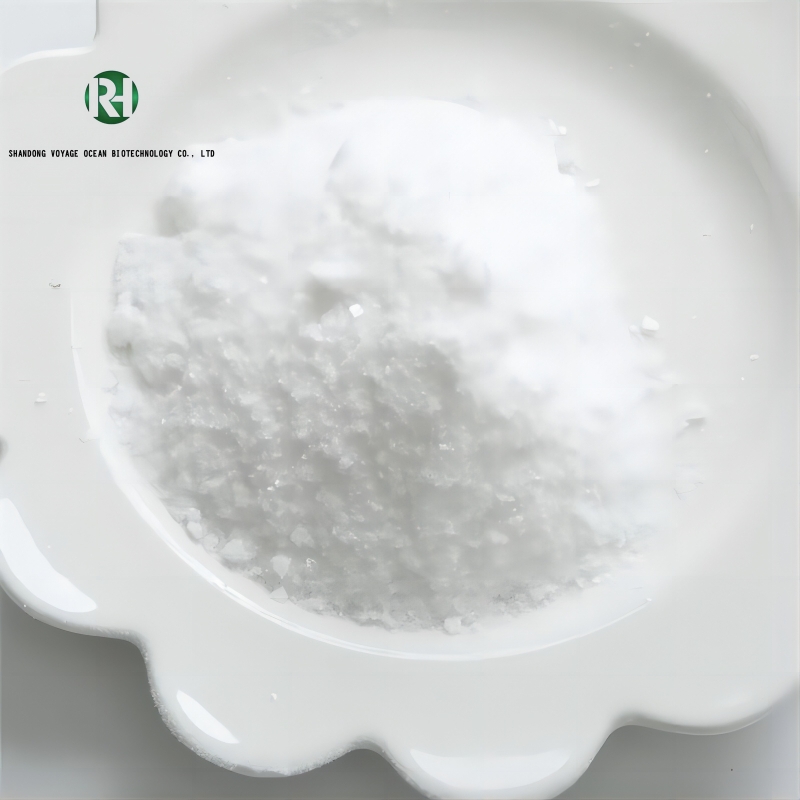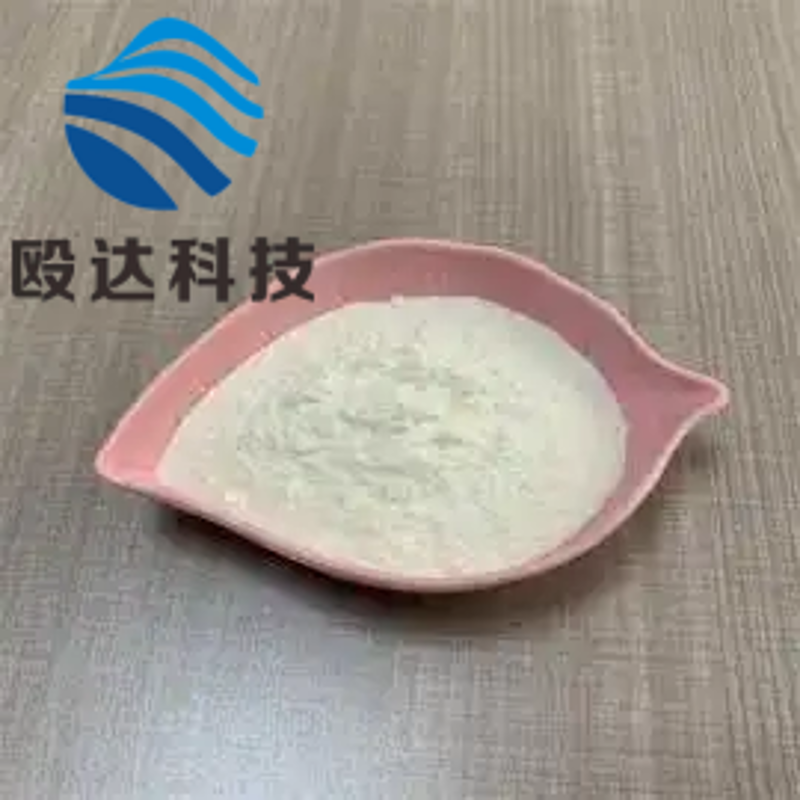-
Categories
-
Pharmaceutical Intermediates
-
Active Pharmaceutical Ingredients
-
Food Additives
- Industrial Coatings
- Agrochemicals
- Dyes and Pigments
- Surfactant
- Flavors and Fragrances
- Chemical Reagents
- Catalyst and Auxiliary
- Natural Products
- Inorganic Chemistry
-
Organic Chemistry
-
Biochemical Engineering
- Analytical Chemistry
- Cosmetic Ingredient
-
Pharmaceutical Intermediates
Promotion
ECHEMI Mall
Wholesale
Weekly Price
Exhibition
News
-
Trade Service
Ethyl (2S)-2-ethoxy-3-(4-hydroxyphenyl)propanoate, also known as ethyl salicylate, is a chemical compound that is commonly used in the cosmetic, pharmaceutical, and fragrance industries.
It is known for its sweet, fruity, and floral odor, and it is often used as a fragrance ingredient in personal care products, such as shampoos, soaps, and lotions.
In the chemical industry, the safety of ethyl salicylate is a top priority, as it is a hazardous chemical that can pose a risk to workers and the environment if proper handling and storage procedures are not followed.
In this article, we will take a closer look at the safety of ethyl salicylate, including its properties, toxicity, and regulations.
Properties of ethyl salicylate
Ethyl salicylate is a colorless liquid with a characteristic sweet and fruity odor.
It is highly flammable and has a flash point of 45°C.
It is also a mildly irritating substance that can cause skin irritation, rash, and blistering upon contact.
It is also harmful if ingested, inhaled, or if it comes into contact with the eyes.
Toxicity of ethyl salicylate
The toxicity of ethyl salicylate is moderate, and it can cause a range of adverse health effects if ingested, inhaled, or if it comes into contact with the skin.
It is classified as a Category 3 carcinogen, which means that it is not likely to cause cancer in humans.
However, repeated exposure to the vapor or mist of ethyl salicylate can cause headaches, dizziness, and nausea, and it can also irritate the respiratory system, causing coughing, wheezing, and shortness of breath.
Ingestion of ethyl salicylate can cause gastrointestinal symptoms, such as vomiting, diarrhea, and abdominal pain, and it can also cause central nervous system depression, which can be fatal in severe cases.
It is important to note that ethyl salicylate is a potential health hazard to workers in the chemical industry who are exposed to it, and employers must take appropriate measures to ensure their safety, such as providing proper protective equipment and training workers on its safe handling and use.
Regulations of ethyl salicylate
Ethyl salicylate is regulated by various national and international agencies, including the U.
S.
Environmental Protection Agency (EPA), the European Union (EU), and the International Fragrance Association (IFRA).
The EPA has classified ethyl salicylate as a pesticide ingredient, and it is used as an insect repellent in some personal care products.
The EU has classified ethyl salicylate as a Category 3 carcinogen, and it is subject to registration requirements under the EU's REACH regulation.
The IFRA is an international organization that sets standards for the fragrance industry, and it has established guidelines for the safe use of ethyl salicylate in fragrance products.
The IFRA recommends that the concentration of ethyl salicylate in fragrances should not exceed 10%, and that the total concentration of all fragrance ingredients in a product should not exceed 30%.
In addition, the IFRA recommends that fragrance products should be labeled with a warning statement that indicates the presence of ethyl salicylate.
Conclusion
Ethyl salicylate is a hazardous chemical that can pose a risk to workers and the environment if proper handling and storage procedures are not followed.
It is important for employers in the chemical industry to take appropriate measures to ensure the safety of their workers and the environment, such as providing proper protective equipment and training workers on its safe handling and use.
In addition, it is important for consumers to be aware of the potential health risks associated with the use of ethyl salicylate in personal care products and to follow the recommended usage instructions on the packaging.







